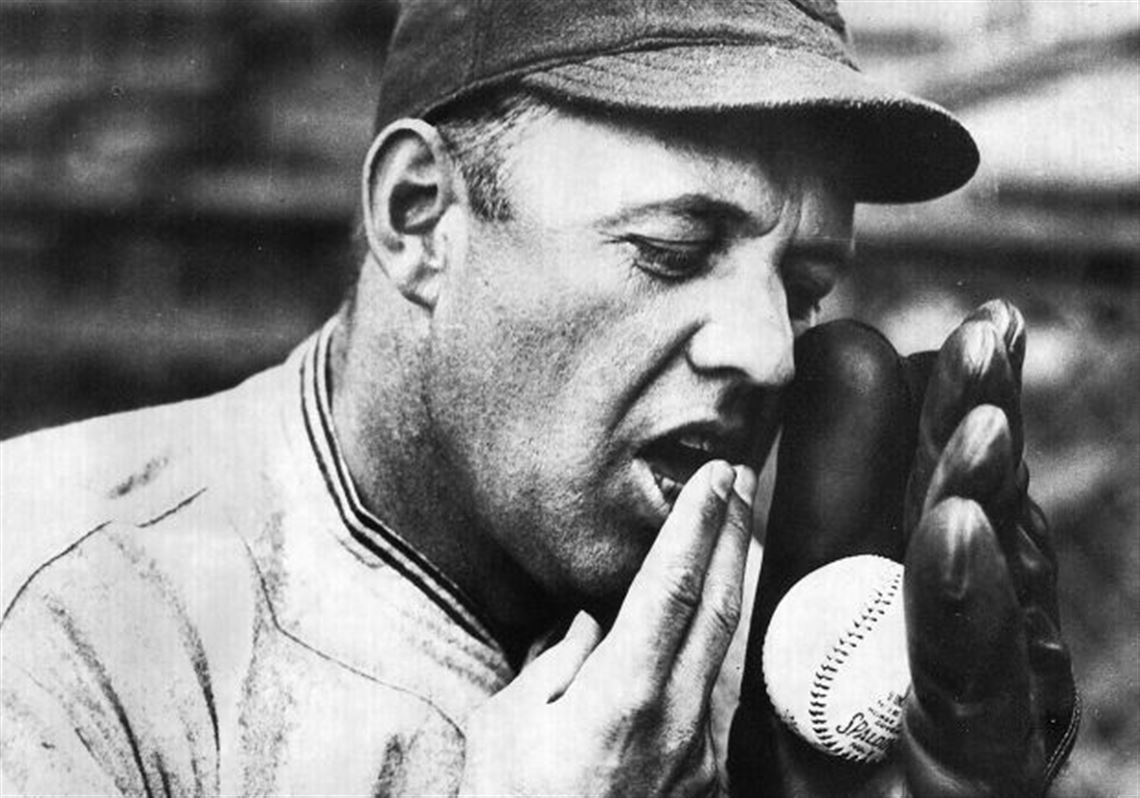Burleigh Grimes broke into baseball with the Pittsburgh Pirates 100 years ago in 1916 and ended his career as a Pirate throwing baseball’s last legal spitball in 1934. By that time, “Ol’ Stubblebeard,” as Mr. Grimes was called by batters intimidated by his fearsome presence, was 41 and had notched 270 wins in his Hall of Fame career. Between 1918 and 1928, Mr. Grimes was the National League’s most effective pitcher, winning 20 or more games five times and 19 games twice.
The spitball and its dastardly cousins the mud, shine, emery, paraffin and Vaseline ball, collectively referred to as “freak pitches,” had been a part of the pitcher’s repertoire since the late 19th century. At the tender age of 13, Mr. Grimes took up the spitter after watching a minor league pitcher dazzle his foes with it. But by the time Mr. Grimes reached the majors, he relied on another effective spitball variation, the slippery elm pitch. He would cut the bark off an elm tree, chew it and deposit the juices and fibers on the ball before he hurled it.
During his 19 years in baseball, Mr. Grimes earned a well-deserved reputation as a tough customer. Many dead-ball era players were considered hard-nosed, and Mr. Grimes reveled in the role. When his manager ordered him to deliver an intentional walk, Mr. Grimes would often fire four fastballs at the batter’s head. Then, when he returned to the dugout, he would give his manager a steely stare. Asked why he couldn’t just throw four wide ones, he would say: “It’ll be a cold day in hell before I give a batter the impression I’m afraid of him.”
Facing the St. Louis Cardinal and future seven-year Pirates’ manager Frankie Frisch, Mr. Grimes threw four dusters at the Fordham Flash’s head and laughed as Frankie hit the deck. Recalled Mr. Frisch, “It was one of the few times in baseball I was really scared.”
One of the most courageous World Series displays occurred in 1931 when Mr. Grimes, then a St. Louis Cardinal himself, pitched the seventh game against the Philadelphia Athletics with an inflamed appendix. He had been diagnosed before the series began but refused an operation because it would mean his Cards would lose a chance at a ring. Pitching in pain, but brilliantly, Mr. Grimes shut out the A’s for eight innings until relief help sewed up the Redbirds’ championship. In the modern era, shoulder tenderness or knee discomfort can land a player on the disabled list, a practice Burleigh Grimes would scorn.
Mr. Grimes did need a big break along his way to Cooperstown, though, and he got it. In February 1920, just as he was embarking on his career, baseball’s rules committee banned the spitball effective immediately, with one exception. Each team could designate two pitchers already using the delivery to throw the pitch for the 1920 season only. But abruptly before Opening Day 1921, the committee, which included Pirates’ owner Barney Dreyfuss, modified the rule to allow recognized spitballers like Mr. Grimes and 16 others to keep the pitch in their assortment until they retired. Defending the spitter and himself, Mr. Grimes dramatically argued that to deprive him of his dominant pitch would have surely sent him onto the streets “pounding the pavement in search of an honest living.”
No one knows why baseball banned the spitter. The less-than-convincing reasons included that the spitball was unsanitary — but no more so than expectorating tobacco juice in the clubhouse. Others insisted that it posed a danger to batters — but the spitball is a drop pitch, one more likely to hit a batsman in the ankle than the head. Some claimed that it’s too difficult to control — yet Mr. Grimes in nearly two decades on the mound hit only 101 batters even though, as Mr. Frisch could testify to, he often tried to.
Ty Cobb, winner of 12 batting titles, had the best explanation, and one that will resonate with today’s fans. Cobb said that money motivated the ban. Owners felt they could sell more tickets by promoting home runs than they did with the low-scoring games that prevailed between 1900 and1920. Babe Ruth soon proved the owners right.
In 1950 and again in 1961, failed efforts were made to restore the spitball but were overwhelmingly defeated, 7-1 and 8-1. But legal or not, some spitball pitchers continued to ply their trade. One of the most famous, the Brooklyn Dodgers’ Preacher Roe, sold his tell-all confession to Sports Illustrated with all the “juicy” details about how to load up the ball, and how his Boys of Summer teammates helped him. According to Roe, a good spitter drops over the plate like a “dead duck.” To the pitcher, he said, it feels like squeezing a watermelon seed in the palm, and letting it shoot out.
Because he was as hard-nosed at the contract table as he was on the bump, Burleigh Grimes amassed enough money to retire to a 230-acre farm in Missouri. Later, he raised blue ribbon-winning horses, mules and hogs on another Missouri spread, this one 435 acres.
Mr. Grimes appointed his home with oriental rugs and a grand piano. His neighbors spoke kindly of him and some were surprised to learn about his baseball past. In 1940, when Mr. Grimes was 47, the local high school built Burleigh Grimes Stadium. He was inducted into the National Baseball Hall of Fame in 1964, where his plaque acknowledges him as “one of the great spitball pitchers.”
The spitball brought Mr. Grimes a long way from his birth on a struggling Wisconsin dairy farm — and from his first job in a lumber camp where he worked from 4:30 a.m. to 9 p.m. for $1 a day. As fans might have expected from a battler like Mr. Grimes, “Ol’ Stubblebeard” lived until he was 92 before he succumbed to cancer.
Heaping praise on Burleigh Grimes, opposing managers called him the Jack Dempsey of baseball, a champion fighter who gave no quarter and asked for none.
Joe Guzzardi is a member of the Internet Baseball Writers Association of America and lives in Bradford Woods (guzzjoe@yahoo.com).
First Published: April 3, 2016, 4:00 a.m.















